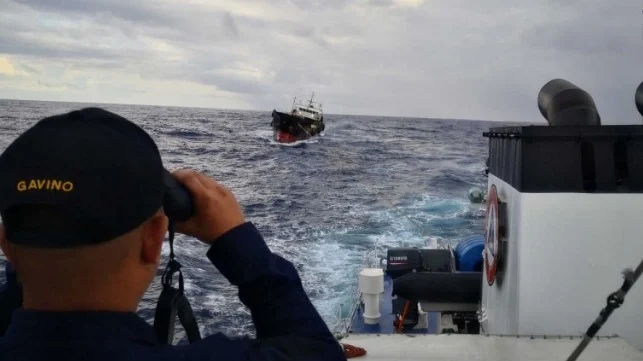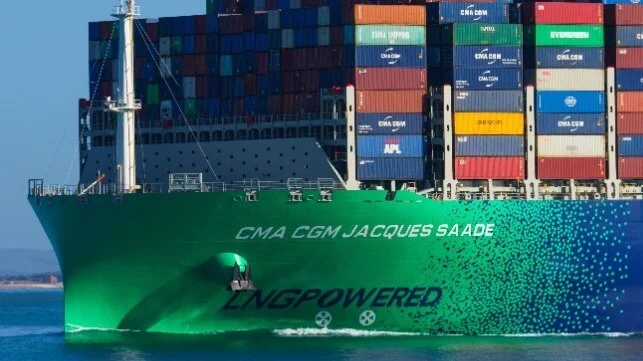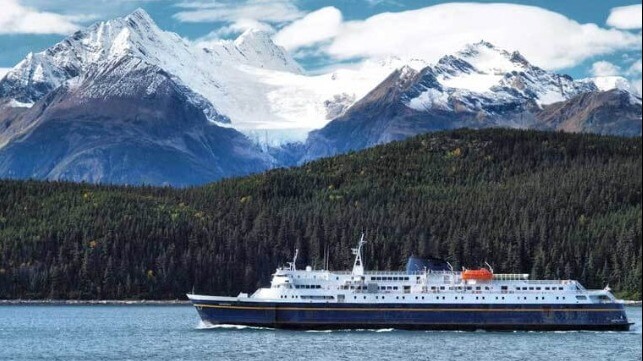By: Christopher Dodunski
The benefits of port digitalization are generally well published. Less widely known is that, for many organizations, digital transformation overall is often achievable with surprisingly lightweight and affordable units of software. That’s not true of ports, you may be thinking. Indeed, the running cost for most port terminal operating systems (TOS) is based on tonnage. As cargo volumes increase so too do vendor fees. And at $0.10 per tonne and $1-2 per TEU, this expense can quickly add up.
Whilst many organizations have benefitted from the decade-long trend away from heavyweight, monolithic software systems toward lighter and more modular alternatives, this hasn’t been the case for all. Reasons differ, depending on industry type. Large port container terminals, for instance, remain heavily reliant on automated yard and gate management systems to handle the enormous volume of containers transiting their facilities.
These systems typically include an extensive and integral array of specialized hardware, such as electronic eyes for capturing container numbers as they speed by. Realistically, dismantling these tightly coupled and monolithic container management systems into vendor-independent modules is still many years away. Consequently, large container terminal TOS fees likely will remain high.
For smaller ports and bulk cargo terminals, the outlook is considerably brighter. Port digitalization really boils down to improving workflows and reducing errors, and at the core of all successful digital transformations is relatively inexpensive, robust data modeling. Upon this solid foundation, ports can construct their own unique digital landscape, one software block at a time. Like building with Lego. More than promising greater affordability alone, this approach delivers genuine agility to an organization—surely a vital ingredient in this increasingly uncertain world.
I’m pleased to have played a lead role in designing and building the MarineBerth terminal operating system (TOS). Smaller ports should find the pricing plans attractive as they are based on a number of berths, not cargo throughput. Perhaps the most satisfying aspect of the whole project, I must confess, was in designing the intuitive user interface which rarely fails to raise a comment.
Please drop me a line to learn more about what is possible with modern, lightweight, and modular port software solutions. Else, ‘follow’ MarineBerth to stay posted with future updates, screenshots, and more.
www.marineberth.com




















